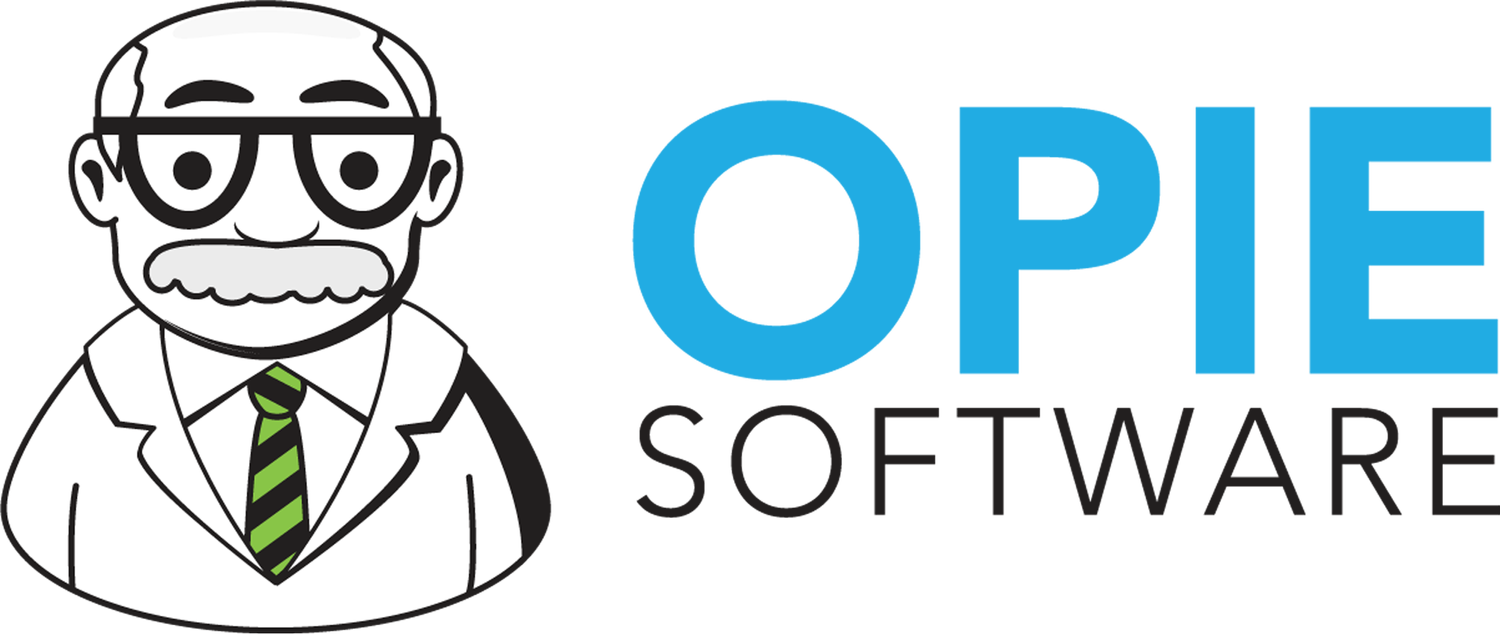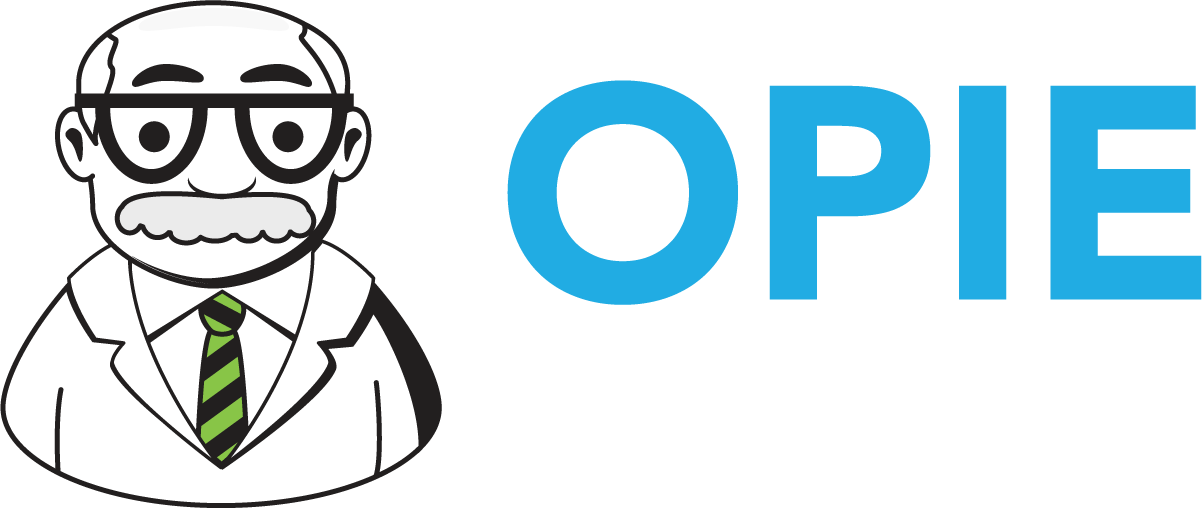Lean Thinking: A Tool for Unlocking Efficiency and Patient Satisfaction
If you’ve ever felt like your practice is running at full speed but not quite getting ahead, you’re not alone. In our world of O&P care, where time, talent, and patient outcomes are inextricably linked, operational waste can quietly erode both your bottom line and your team’s morale. But what if the answer isn’t working harder, but working smarter—by doing less of what doesn’t matter?
I want to talk about lean thinking—not as a buzzword, but as a practical leadership tool that can transform your practice…I’ve seen it work!
Lean Is Not About Doing More With Less
First, let’s clear up a common misconception. Too often, lean is mistaken for “doing more with less.” But smart leaders know it’s really about doing less of what doesn’t matter. It’s about stripping away the nonessential, so your team can focus energy and resources on what truly moves the needle for your patients and your business.
According to McKinsey, organizations that adopt lean practices see up to a 25% increase in operational efficiency and a 20–30% improvement in customer satisfaction. For service-based businesses like ours, those numbers aren’t just impressive—they’re transformative.
Where Does Waste Hide in O&P Practices?
In a typical O&P practice, waste rarely looks like idle hands or empty rooms. Instead, it hides in:
Handoffs: Every time a patient’s information moves from one team member to another, there’s risk for delays, errors, and frustration.
Unclear Priorities: When it’s not clear what matters most, teams spin their wheels on low-value tasks.
Bloated Workflows: Overly complex processes sap time and energy, leaving less for patient care and solving business problems.
Sound familiar? The good news is lean thinking gives us a framework to root out these inefficiencies and refocus on value.
Lean Thinking as a Leadership Tool
Lean isn’t just a set of tools—it’s a mindset. As a practice manager or leader, your role is to create an environment where your team can do their best work, every day. That means:
Clarifying what matters most: What are the activities that directly contribute to patien outcomes and business goals?
Eliminating or automating the rest: Free up your team’s time and talent for high-impact work.
Building a culture of continuous improvement: Encourage your team to spot inefficiencies and suggest improvements.
This is where lean takes on new legs!
Value Stream Funding: Aligning Spending with Strategy
One of the most powerful lean tools for leaders is value stream funding. Instead of budgeting by department or historical spend, value stream funding allocates resources based on the activities that deliver the most value to clients and the business.
Here’s how it works:
Map your value streams: Identify the key processes that deliver value to your patients—from intake to discharge, for example. What are their “Moments of Truth?”
Fund the streams, not the silos: Allocate budget and resources to these streams, empowering cross-functional teams to innovate and improve.
Measure and adjust: Track outcomes and reallocate resources as needed to maximize impact.
This approach keeps your spending tightly aligned with strategy, rather than legacy structures or “the way we’ve always done it.”
Incremental Budgeting: Boosting Agility
Traditional budgeting can feel like steering a ship with a 12-month lag—by the time you spot an opportunity or challenge, it’s too late to adjust course. Incremental budgeting—another lean practice—solves this by making smaller, more frequent adjustments.
Review spending and outcomes quarterly (or even monthly)
Reallocate resources based on real-time data
Empower teams to request additional funding for high-impact initiatives
This agility is especially valuable in allied healthcare, where client needs and regulatory requirements can shift quickly.
Practical Steps to Get Started
Ready to bring lean thinking into your practice? Here’s a simple roadmap:
Start with a value stream mapping session. Gather your team and map out the client journey, from first contact to final follow-up. Where are the bottlenecks? Where does work get stuck or duplicated?
Identify quick wins. Look for small changes—like automating appointment reminders (see Quality Outcomes) or clarifying intake criteria—that can free up time and reduce frustration.
Pilot value stream funding. Choose one key process (like new patient intake) and allocate resources based on its impact on the patient experience.
Shift to incremental budgeting. Move from annual planning to quarterly reviews, and empower your teams to suggest reallocations based on what’s working.
Celebrate and communicate success. Share wins with your team and patients—nothing builds momentum like visible progress.
The Bottom Line
Lean thinking isn’t about squeezing your team or cutting corners. It’s about leadership—focusing your resources, your people, and your energy on what truly matters. By adopting lean practices like value stream funding and incremental budgeting, you’ll not only boost efficiency and patient satisfaction, but also build a culture where your team feels empowered to make a difference.
Remember: your time and talent are your most precious assets. Protect them fiercely, invest them wisely, and watch your practice—and your people—thrive.

